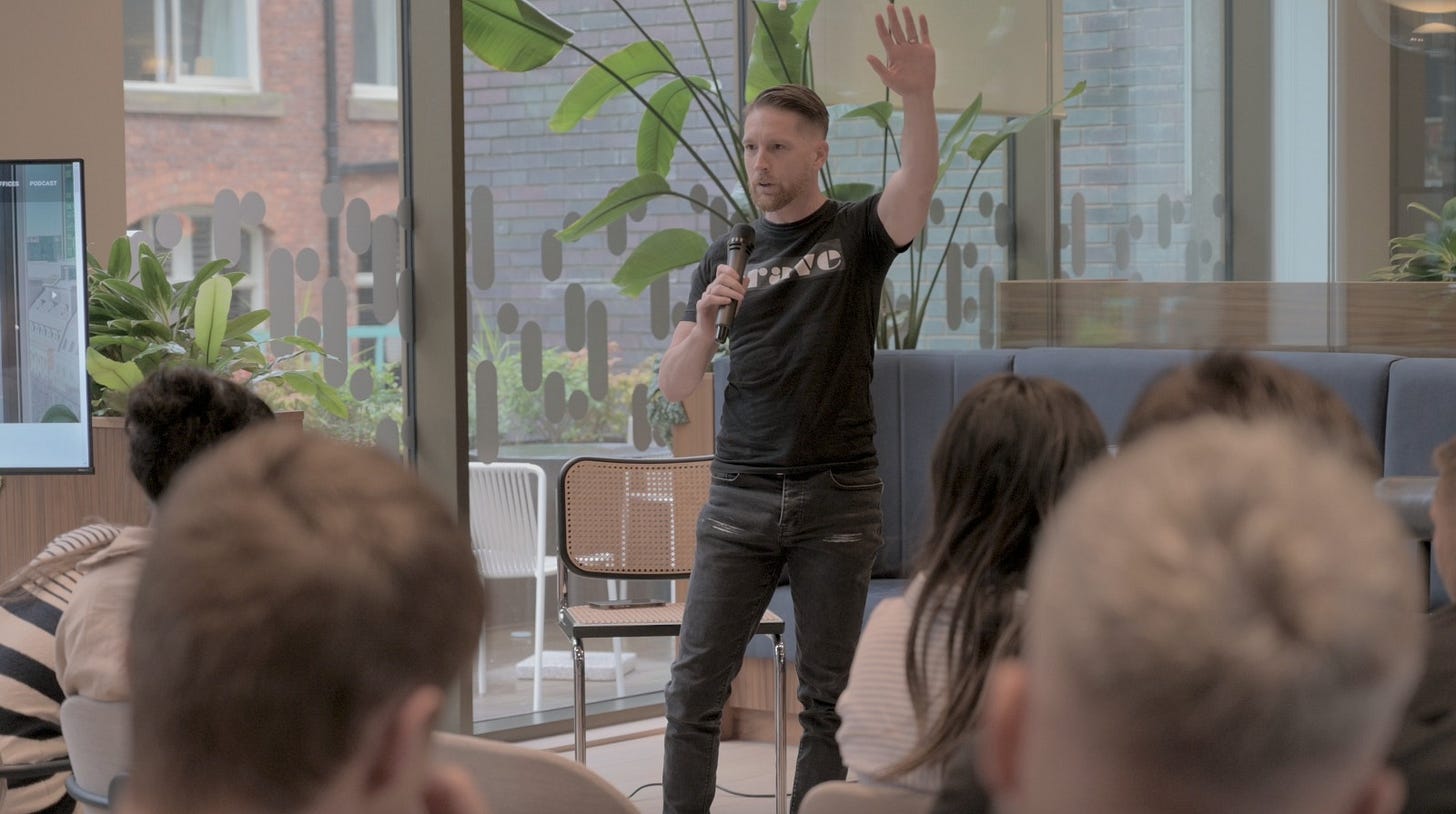Community Is The Difference Between a Brand That Thrives and One That Fades
The business case for curating real community
Does community really make a difference when choosing where to work?
Or has it simply become another marketing buzzword?
Those were the questions we recently posed to the Brave Ideas community on LinkedIn. Over 30 landlords, operators, coworking members, and thought leaders weighed in.
The responses were thoughtful, candid, and highly consistent:
Community…




